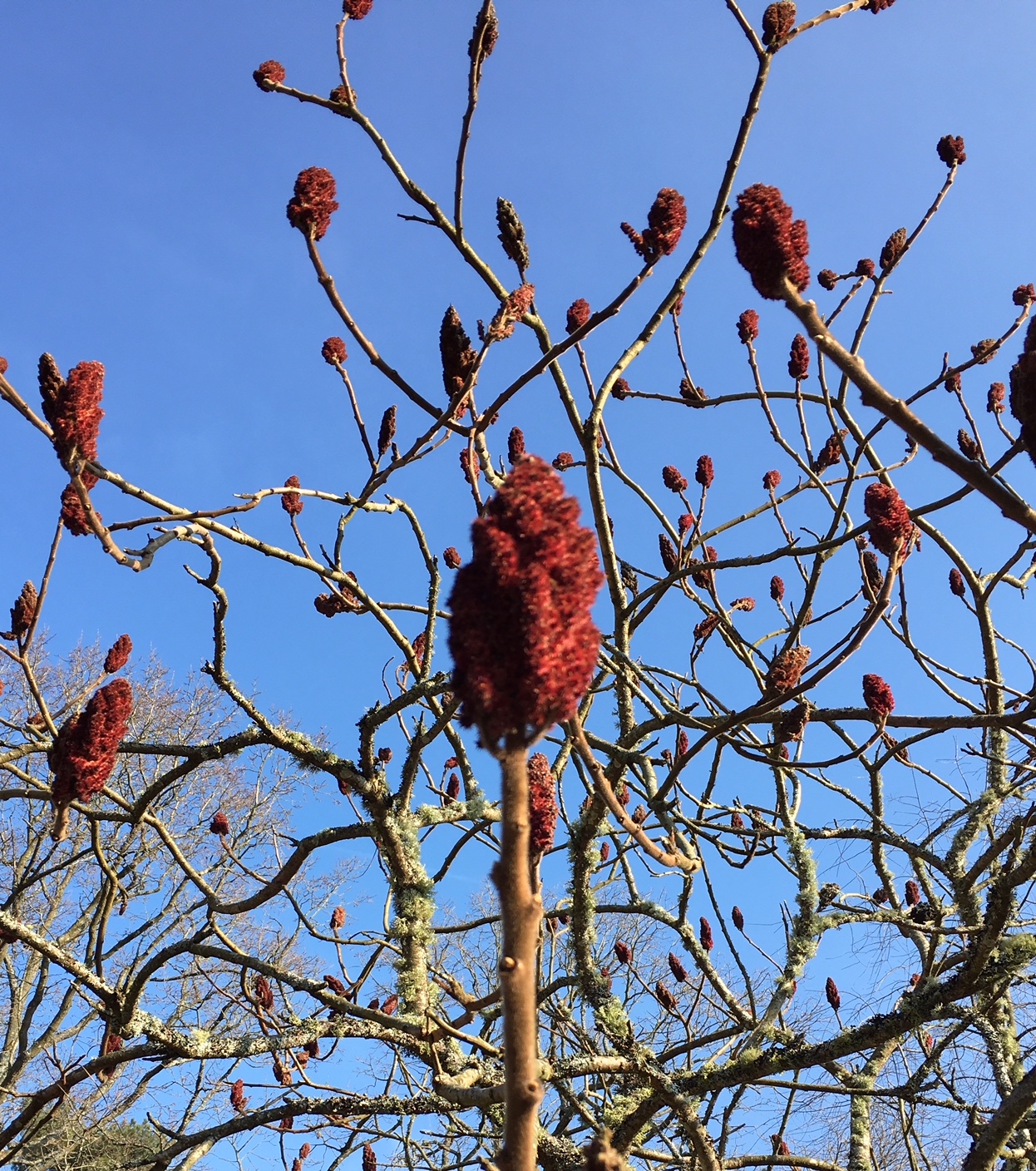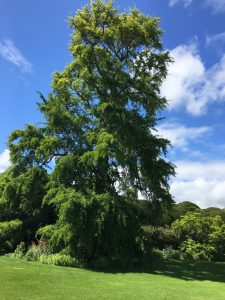
All living organisms interpret (make meaning of) and represent (communicate) their world through a series of signs and codes. A plant may sense a change in daylight hours (photoperiodicity) as a sign which it encodes as a prompt to initiate flower-bud formation, just as a human might sense the sign of hot weather and encode it to take appropriate action, unconsciously this would take the form of sweating but a conscious encoding of the sign might result in the human desiring a cold drink.
Each individual being perceives and experiences the world uniquely. This unique experience of the world is called umwelt (German: environment).
These tenets form the basis of the field of biosemiotics – the study of life and living organisms through its signs and the interpretation of those signs. To put it another way, all life is informed by sign processing. The field proposes a paradigm shift in the scientific view of life.
With this in mind, then, biosemiotic analysis of creative writing (fiction and non-fiction) is metacontextual, including the natural environment as biosphere, atmosphere, and the existence of other-than-human lifeforms, which serve as the context for culture and history.
Maran (2014) asserts the relationship between environment and a literary work is ‘one between two structurally and semiotically multimodal phenomena which employ multiple “languages”.’ He goes on to distinguish three types of relations involved:
- Motivated relation: exists, for example, where experience of the environment inspires an author to create a literary work. Also evident in onomatopoeic words (iconic signs) and deixis (indexical signs, words and phrases which require temporal and spatial context). The motivated relation can also work in the opposite direction, where a literary work compels the reader to interpret the environment in a particular way.
- Representational relation: exists where the environment, its elements or an environmental experience is represented in a creative text, such representation can be described as modelling.
- Complementary relation: refers to a text which omits details required for its interpretation, where those details are assumed by the author to be interpretable by the reader.
Lotman (1967, cited in Maran, 2014) argues creative writing as a model, is an iconic representation of the object it describes/represents. How the author chooses to represent the icon, may change the reader’s perception and use of it. Whether a text functions in this way, can be determined by the pragmastylistic characteristics of the text.
The field of pragmastylistics distinguishes between literal, linguistic meaning and the meanings conveyed in context. Pragmastylistic tools may be used to show the cognitive effects of style.
Read Unlocking the Writer-Reader Relationship: tools and theories here
Bibliography
Chapman, Siobhan, Clark, Billy (eds) (2014) Pragmatic Literary Stylistics: Palgrave Studies in Pragmatics, Language and Cognition. London: Palgrave Macmillan
Gagliano, Monica, Ryan, John C. & Vieira, Patricia (eds.) (2017) The Language of Plants: Science, Philosophy, Literature. London: University of Minnesota Press
Kohn Eduardo (2013) How Forests Think: Toward an Anthropology Beyond the Human. London: University of California Press, Ltd
Maran, Timo (2014) Biosemiotic criticism: modelling the environment in literature. Green Letters: Studies in Ecocriticism, 18:3, 297-311, DOI: 10.1080/14688417.2014.901898The final publication is available from http://www.tandfonline.com/doi/abs/10.1080/14688417.2014.901898
Pollan, Michael (2003) The Botany of Desire: a Plant’s-Eye View of the World. London: Bloomsbury Publishing Ltd
Wheeler, Wendy (2016) Expecting the Earth: Life, Culture, Biosemiotics. Chadwell Heath: Lawrence & Wishart Ltd








